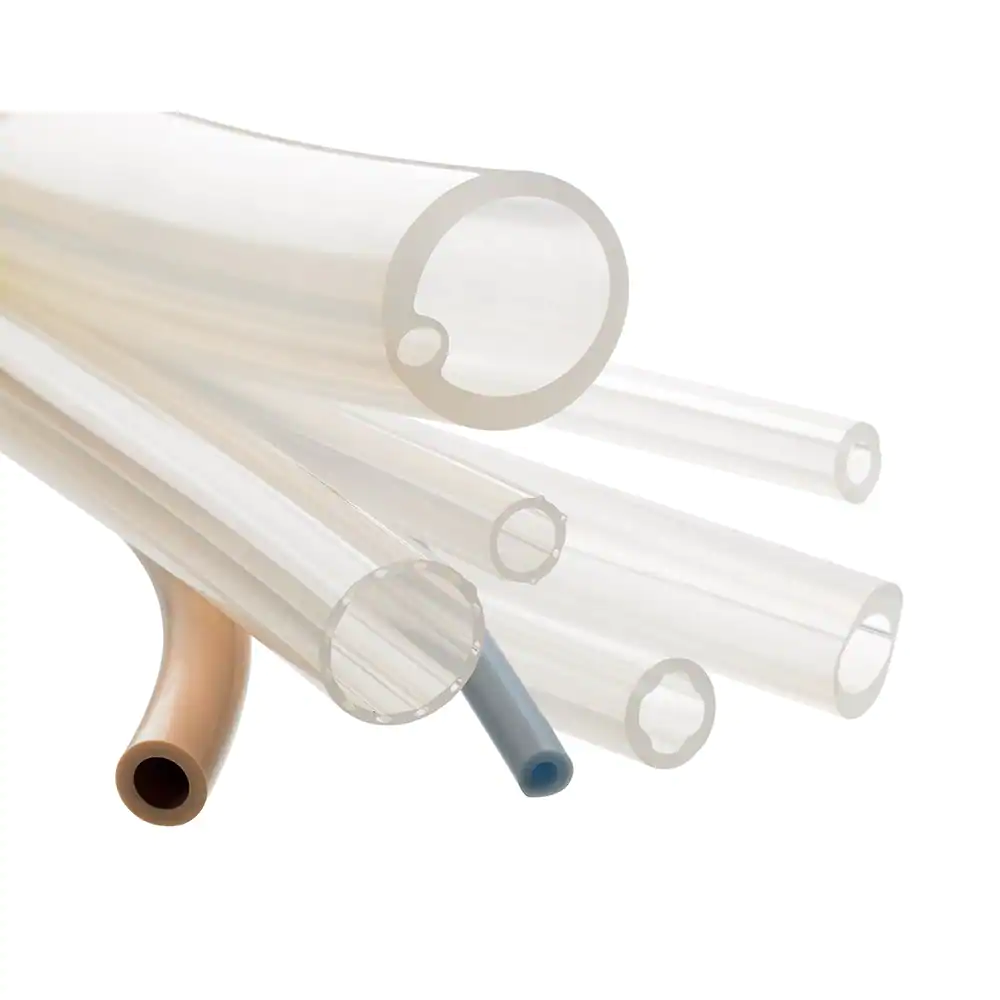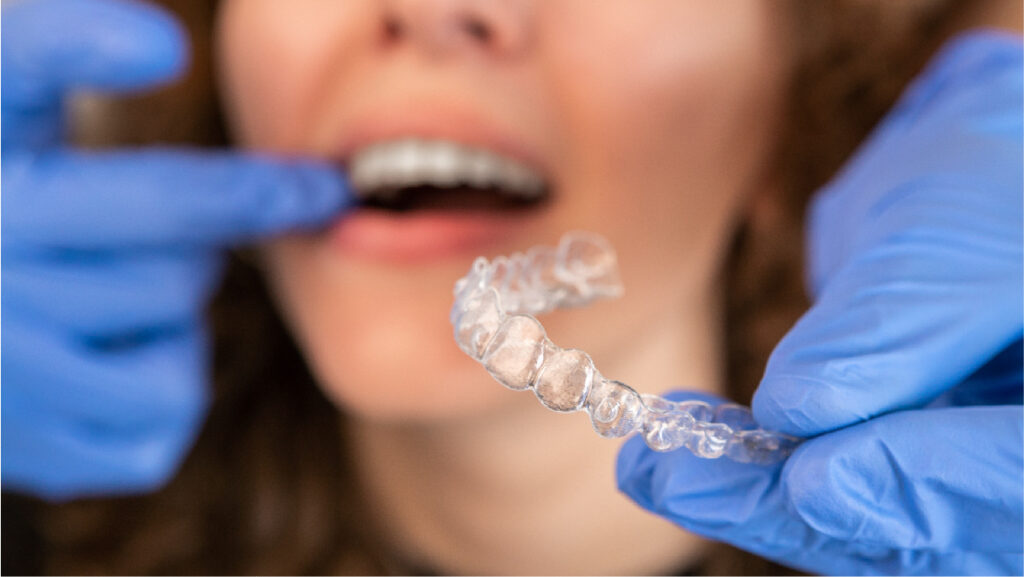In this article, you’ll learn more about the very nature of medical-grade silicone and how safe it is for medical applications.
What is Medical-grade Silicone?
Medical-grade silicone is a type of silicone material that is non-toxic, versatile, and durable. Silicone is a synthetic polymer with a backbone with a chain of alternating atoms – silicon and oxygen. These atoms bond together to form the chain and with other organic side groups like carbon and hydrogen.

That composition makes silicone naturally biocompatible. That means it has several properties that make it safe even if it contacts living tissue. Among these properties includes flexibility, low chemical reactivity, and heat resistance.
This is why among all the other polymers, silicone has the highest chance of gaining approval for use in the medical field.
Despite that, it must go through several approvals from the USP, ISO, and FDA before anyone can use it. Once it gains approval from the regulating bodies, it can become the primary material for feeding tubes, medical implants, bandages, and much more.
What is the Medical-grade Silicone Standard?
In the United States, the medical-grade silicone standard is classified as either Class 5 or 6 according to the USP-NF or United States Pharmacopeia and National Formulary. This entails conducting a battery of tests to determine that it has biological materials safe for medical use. Although the USP-NF standard checks for biocompatibility, it will always be relative to the actual tissue that the material will interact with.
It’s important to remember that the medical-grade silicone standard will vary depending on the country. Like in the United States, all medical products should go through the United States Pharmacopeia or USP. This organization releases an annual publication that sets the standard regarding the quality and purity of medical-grade devices, equipment, or materials.
Countries usually have an agency, organization, or regulating body that will approve the medical grade of silicone material. If a country does not have a specific organization that sets the medical-grade standard, it will use the standards set by the USP-NF.
What are the Medical-grade Silicone Qualities that Make it Safe?
The paramount quality that makes medical-grade silicone safe for use in the medical field is its biocompatibility, porosity, inertness, and resistance to temperature and chemicals. It also has both mechanical and electrical properties that make it safe to come into contact with human skin and tissue.
Biocompatibility
When it goes through extensive testing that follows the USP standards, it has to show its superior compatibility after coming into contact with human tissue or bodily fluids. This means there should be no or very minimal reaction to the tissue.
Since silicone is both tasteless and odorless, it doesn’t have qualities that’ll support the growth of bacteria. Not only that, but it also won’t stain or corrode when it comes into contact with other materials.
Temperature resistance
Silicone is the only type of elastomer that can remain stable despite exposure to a wide range of temperatures. That makes it ideal for environments that have a temperature between –75° to 500°F. You can use extreme temperatures to sterilize it through gamma or E-beam irradiation, EtO gas, and steam autoclaving.
Chemical resistance
Exposure to various chemicals is regular in the medical field. This is why medical-grade silicone needs to have resistance to chemicals. This includes exposure to ammonia, isopropyl alcohol, oxidizing chemicals, and even acids. Because of the nature of silicone, it can resist water and all these chemicals. The only exception includes alkalines, solvents, and concentrated acids.
Non-porous
The porosity of medical-grade silicone makes it an excellent sealing option. Usually, rubber materials have microscopic holes. In the medical field, this means fluids, microorganisms, and bacteria can go through. That can result in infections and health problems. Fortunately, the formulation of silicone allows it to be non-porous. That means it’s a safe sealing material for various medical applications.
Inertness
Silicone is known to be naturally inert. This is because its base component is silica. Its composition is a combination of silicon and oxygen. Because of the inertness of silicone, it won’t have any reaction after exposure to human tissue and chemicals. It shouldn’t change anything in its composition. Because if it does, it can result in allergic reactions or infections that aggravate the medical situation.
Mechanical properties
The physical properties of silicone are ideal for sensitive medical applications. It can withstand the pressure of up to 250ppi and won’t tear. It also has an impressive 1500ppi tensile strength. You can stretch it by up to 1250%. It’s also very flexible, has a low compression set, and even a hardness of 5 to 80 in the durometer range. There are medical-grade silicone materials that are soft – but will retain their softer form indefinitely.
Electrical properties
Medical-grade silicone has insulating properties. This makes it great for electrical applications – not just in the medical industry. It’s also non-conductive. Combining that with its ability to withstand extreme temperatures makes it safer even when exposed to highly electrical environments.
What is Medical-grade Silicone Used for?
Medical-grade silicone is best for various applications in the medical field. These applications include the following:
- Bandages
- Catheters
- Condoms
- Drains
- Feeding tubes
- Medical implants (both for long-term and short-term use)
- Menstrual cups
- Respiratory masks
- Scar treatment silicone sheets and gels (should have FDA Class 1 Medical Device)
- Seals like gaskets, etc
- Syringe pistons
- Tubing

How to Process Medical-grade Silicone?
Part of what makes medical-grade silicone safe is the process it goes through during creation. This silicone should be manufactured in an environment that’s carefully controlled. That way, it minimizes the chance of contamination that can compromise its composition and various qualities – specifically its biocompatibility.
There are different ways to manufacture medical-grade silicone.
Molding
This can happen in 3 ways.
First is liquid injection molding, which injects the liquid form of the silicone into a mold. It then uses low-pressure (250 to 2000 psi) and high temperatures (245° to 485°F).
Second, the transfer molding puts the silicone in an enclosed mold where it goes through a higher pressure of 2000 to 8000 psi and temperatures of 200° to 370°F.
The compression molding makes the silicone go through the same pressure and temperature, but the silicone is in an open mold. A plunger then goes down to the mold to compress the silicone into the right shape.
Extrusion
This process involves a 2-part gum stock, the catalyst, and a crosslinker. These two use a two-roll mill where it blends. This blending results from a homogeneous compound that goes into an extruder. Consistent pressure is put on the pin and die.
After the extrusion, the tubing will then pass through hot-air vulcanizing ovens. This cures the silicone product. This process is ideal for catheters, tubes, balloon cuffs, gaskets, etc.
Assembly
This is ideal for medical-grade silicone products that have two or more parts. The different subcomponents of silicone can either go through molding or bonding.
The molding process involves the injection of the molding around the existing part. Bonding, on the other hand, involves joining two existing silicone parts. It uses adhesive to put the parts together.
Conclusion
The safety of medical-grade silicone is just as important as the actual medical device or application. The silicone material has natural properties like inertness, porosity, biocompatibility, and temperature and chemical resistance. These make it safe to come into contact with human tissue.
But despite these, the silicone still has to go through the proper testing and quality checks to ensure it’s safe.
If you need medical-grade silicone, know the manufacturer who will produce it. They have to meet the strict standards set by the regulating authorities.
Buy medical-grade silicone products from Hongju!
Hongju has been one of China’s leading medical-grade silicone products since 1999. We produce custom-molded silicone products for different industries with consistent quality. Send us an inquiry now!